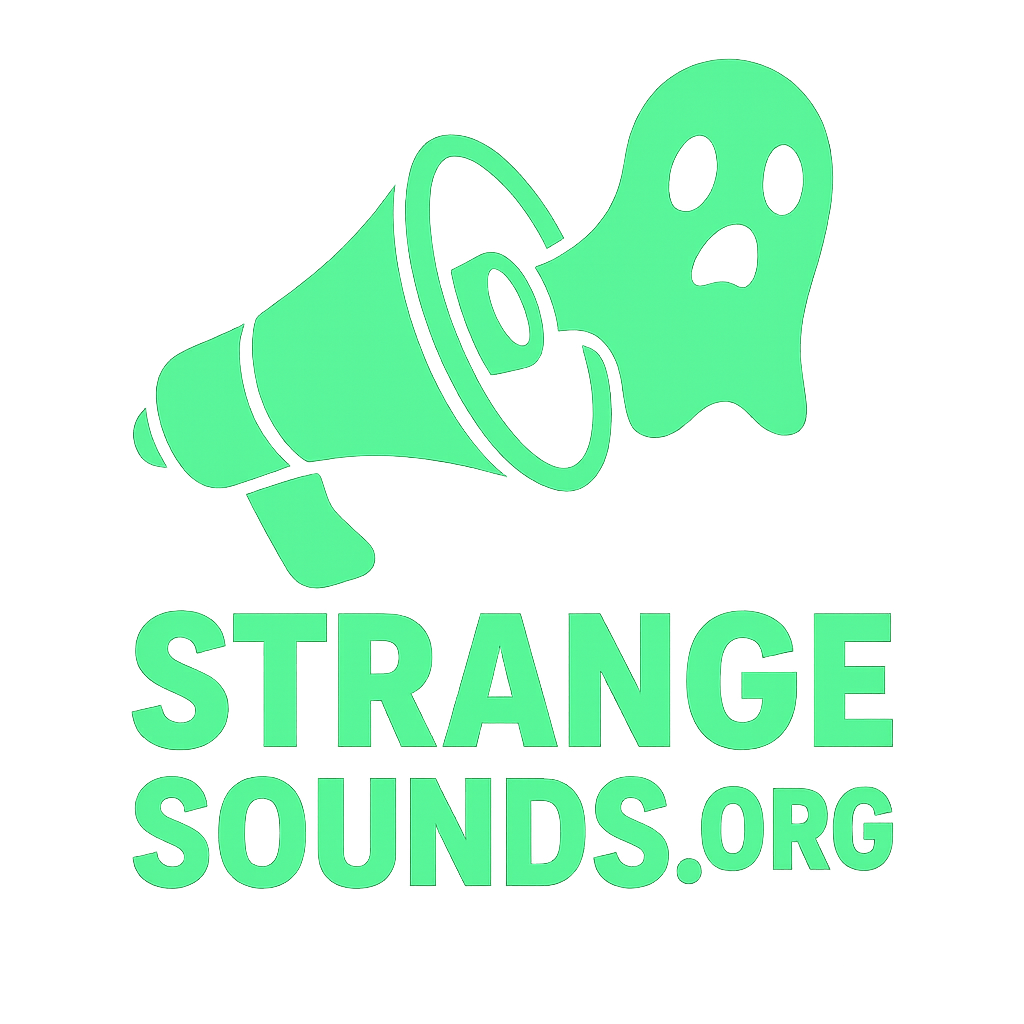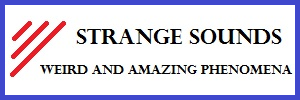
Updated on: · 👉 Back to the Mystery Booms Hub
Mistpouffers—Dutch for “fog guns”—are cannon-like booms heard along coasts on calm, clear days. No lightning. No plume. Just a sudden blast that rattles windows and rolls away over the sea. Similar phenomena are known as brontidi (Italy), Barisal Guns (India), and Seneca Guns (USA).
Jump to: What Are Mistpouffers? · How They Sound & Feel · Causes & Mechanics · Names, Regions & Folklore · Famous Reports · How to Investigate Locally · FAQs · Sources · Latest Reports · Get Involved
Key facts (TL;DR)
- Mistpouffers = unexplained coastal booms heard on clear days; reported for centuries.
- Likely contributors: offshore microquakes/landslides, gas releases, distant blasts ducted by inversions, and rare thunder over the horizon.
- How to triage: check weather inversions, seismic logs, shipping/NOTAMs, military ranges, and rocket/flight activity.
- What to do: note exact time & location, record audio/video, look for water disturbance/smoke, compare with cases below, and send us a report.
❓ What Are Mistpouffers?
Short, explosive booms that seem to come from the sea—often in fair weather and without visible cause. Reports cluster on coasts and estuaries and may repeat seasonally. The same experience is recorded under different local names around the world.
🔊 How They Sound & Feel
- A single cannon blast or 1–3 bangs with a rolling after-rumble.
- Pressure wave that rattles windows; pets react before people.
- No obvious source on the horizon; sound arrives from offshore.
- Sometimes followed by a brief “ring” from buildings or shoreline.
🧠 Causes & Mechanics (What Could Make a “Fog Gun”?)
- Atmospheric ducting: temperature inversions bend and carry distant blasts (industrial, naval, thunder) to the coast as localized booms. See Sky Oddities.
- Offshore microseismicity: small quakes or submarine landslides can create pressure pulses that couple into the air as booms.
- Gas releases: sudden methane or gas eruptions from seabed sediments can “pop” like a muffled explosion.
- Over-the-horizon thunder: distant storms refracted by inversions can masquerade as clear-sky cannon fire.
- Look-alikes: sonic booms from jets/rockets, artillery drills, or industrial blasts (always check first).
🗺️ Names, Regions & Folklore
- Mistpouffers — Netherlands/Belgium coasts (“fog guns”).
- Brontidi — Adriatic & Italian coasts (sky rumbles tied to good fishing days in folklore).
- Barisal Guns — Bay of Bengal/India (gods bowling in the clouds, per legend).
- Seneca Guns — USA (NY & NC coasts) — see our Earthquake Booms & Seneca Guns sub-hub.
🌍 Famous Reports & Primers
- 🇪🇺 Mistpouffers mystery & unexplained noises
- 🇺🇸 Seneca Guns — NC coastal booms
- 📚 Earthquake booms & Seneca Guns primer
🕵️ How to Investigate a Suspected Mistpouffer
- Time stamp: hh:mm:ss (local) + date.
- Location: nearest town/shoreline + direction of sound.
- Weather: note temperature, wind, visibility; inversion present?
- Look offshore: ships, naval zones, smoke, sea surface disturbance.
- Check logs: local seismic page, lightning maps, flight/rocket NOTAMs, port/naval notices.
- Collect media: doorbell/dash cams capture shockwaves well.
How we triage: determining the origins of mystery booms
Mistpouffers — FAQs
- Are mistpouffers the same as Seneca Guns?
- They’re close cousins. Both are coastal booms on clear days with no obvious source. “Mistpouffers” is the Low Countries term; “Seneca Guns” is used in the US.
- Why do they happen on calm, sunny days?
- Calm, stratified air favors temperature inversions that duct and focus distant sound toward the coast, making faraway blasts sound local.
- Could they come from offshore quakes?
- Yes. Small offshore quakes, slips, or landslides can couple energy into the air as booms—especially in shallow waters and along shelves.
- Are mistpouffers dangerous?
- They’re usually just loud and startling. Strong shockwaves can rattle windows or knock light objects off shelves, but damage is uncommon.
- What should I do if I hear one?
- Record it, note exact time/location/weather, check seismic/weather/flight data, and send us a report. Multiple reports help triangulate the source.
Sources & Further Reading
- NOAA — inversions & sound propagation
- USGS — coastal microseismicity & cryoseisms
- Met Office — ducting & atmospheric acoustics
Latest Reports
Get Involved
- 📩 Report a mistpouffer (time, location, weather, recording).
- 📰 Subscribe to our newsletter
- ❤️ Support on PayPal · DonorBox








